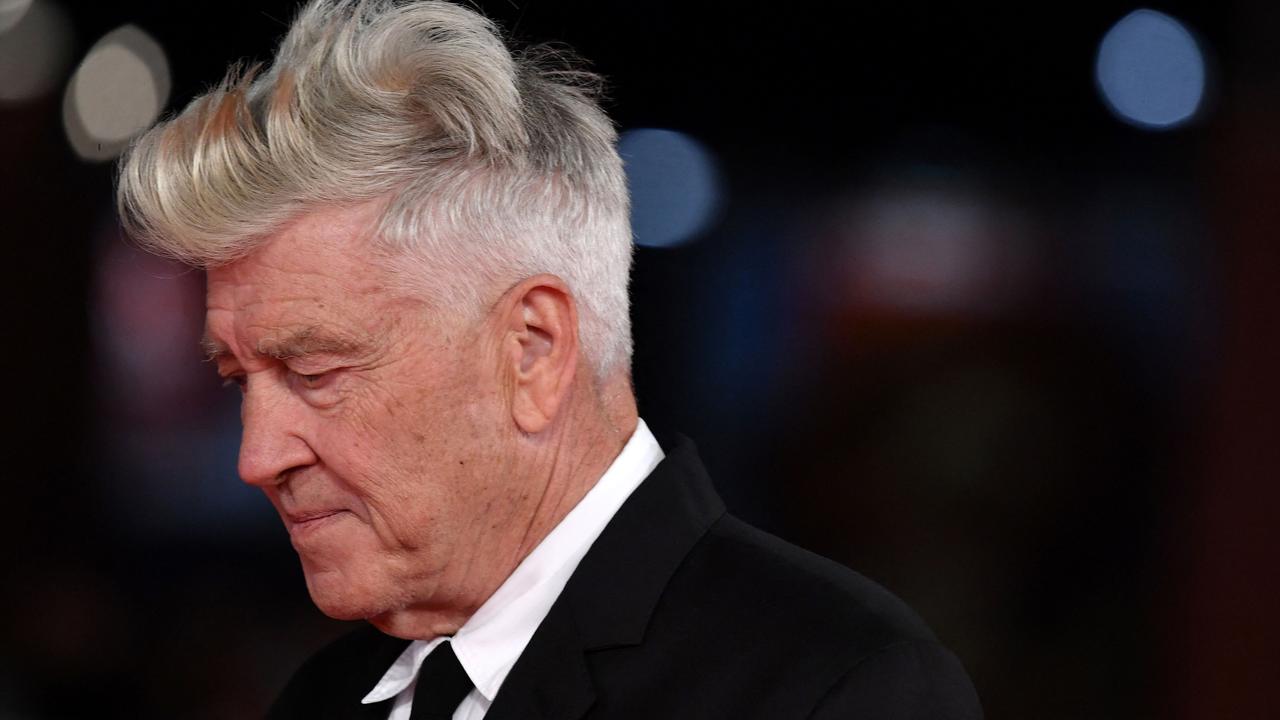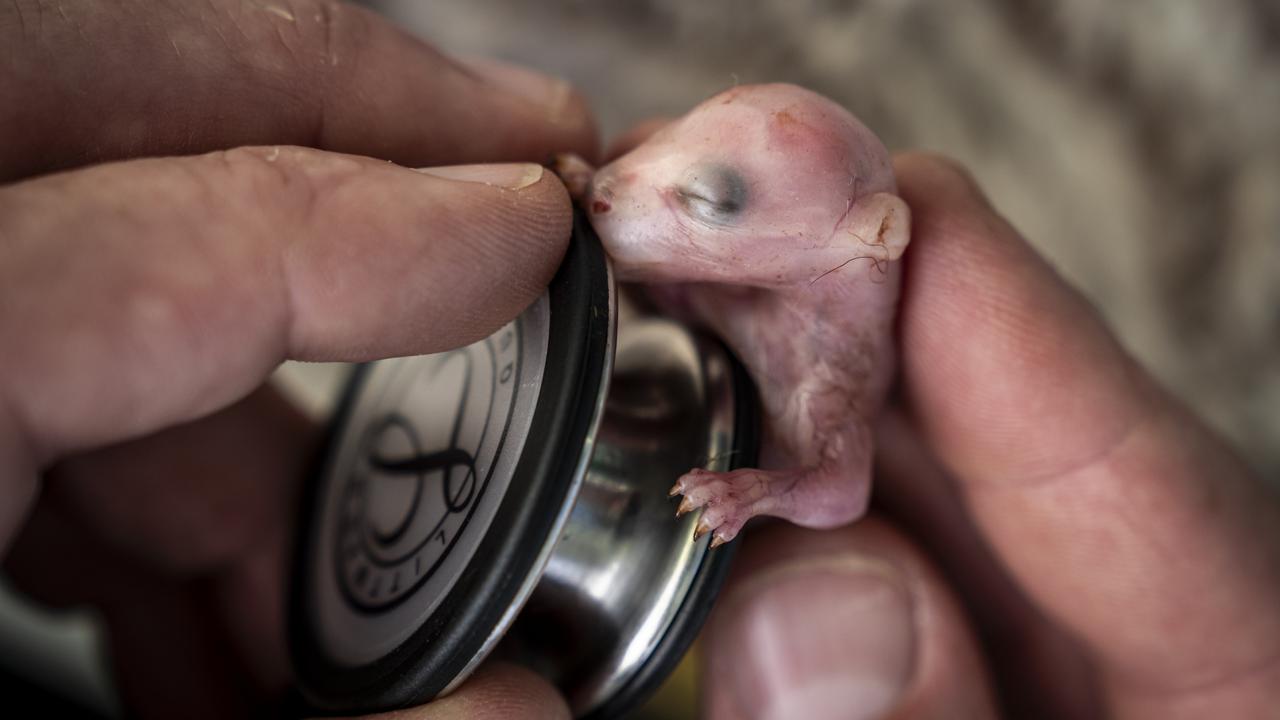Broome, WA: Cultures collide here in wonderful ways
From an ethnicity perspective, you’d have trouble identifying the typical Broomian.
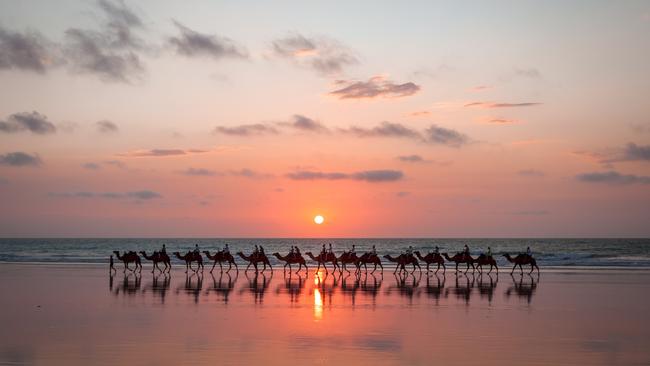
In Geraldton I met a fisherman who reckoned he’d rescued a kangaroo swimming 5km offshore. In Broome I chatted to a bloke who claimed his dog jumped off the boat and onto the back of a whale; another time, the same mutt leapt overboard, latched onto a shark with his jaws, and only let go when it dived. He said.
Seems the further north you go in Western Australia, the taller the stories. “What sort of dog?” I asked, guessing a good percentage pure muscle, almost zero fear. “Aw, he’s got a bit of everything in him,” came the laconic response. “A real Broome dog, eh?”
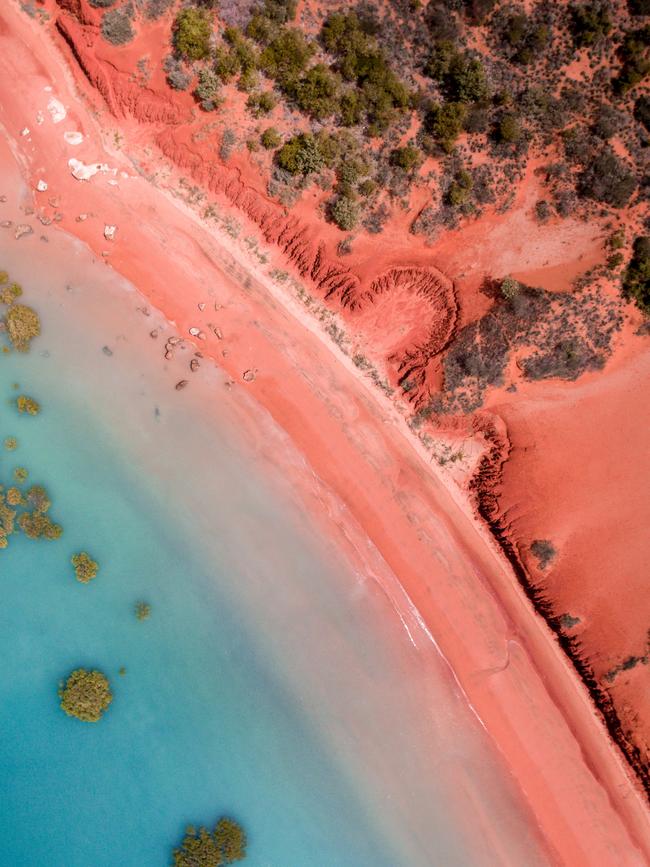
Which is a convenient metaphor for this far-flung town on the edge of the Kimberley, with its colourful and multiracial history. From an ethnicity perspective, you’d have trouble identifying the typical Broomian. (My first “conversation” with a local was with a taxi driver and in 10 minutes, I understood just three words. “You from Broome originally?” I enquired. “Born and bred,” I believe he said.)
There are a plenty of “not in Kansas anymore” moments after flying north from Perth and landing on what feels like the edge of a vast plain of nothingness. The airport arrival hall, for example, with no roof. The unrelenting flatness of it all. The intense heat of early spring. The red dirt, or pindan, as it is known. The tropical botany. And a camel train on the footpath heading to Cable Beach, the fabled stretch on which Broome’s reputation is built. Nothing like a camel to remind us we’re a long way from home.
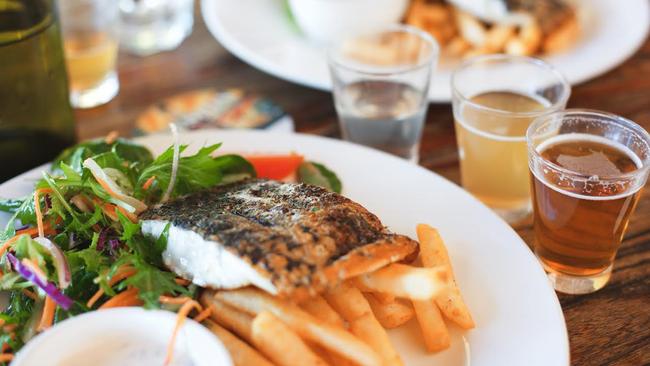
Tourism is important to this town, as is the resources industry; legions of well-paid FIFO workers base themselves here. But it’s the cultural cocktail that gives the place its unique feel: as well as discrete clans of indigenous local people there are Islanders, European Australians and people from a variety of Asian countries (notably Japan) who mostly set up shop here in the pre-plastic heyday of the mother-of-pearl industry.
Talking us through the advent and growth of the area’s cultured pearl industry from the late ’50s to now, Cygnet Bay local Terry Hunter adds: “If you don’t know how to cook fish and rice, you’re not from the area.” I met a woman at a Vietnamese restaurant with a FIFO mate; she proudly identified at least six distinct races in her gene pool, including Aboriginal. After a few days here, it came as no surprise.
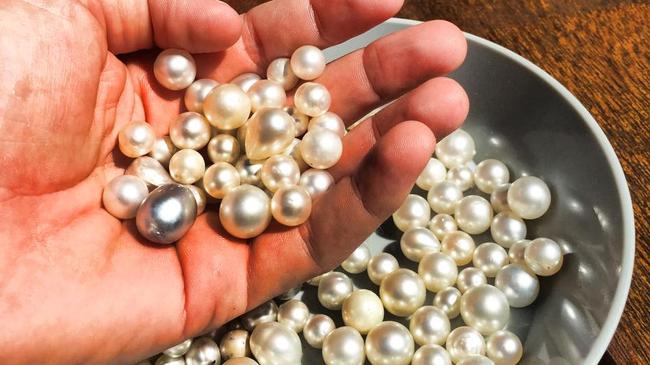
Pearling, and the people from all over Asia who came for the huge Pinctada maxima oysters from the 1880s onwards, shaped modern-day Broome; these days, mother of pearl, and pearl meat, are by-products of a cultured pearl industry that you can see up close at places like Willies Creek and Cygnet Bay (conversely, indigenous folk traditionally used the meat for food and the shells for artistic storytelling, and discarded any shiny pellets inside as worthless).
And if you can visit Cygnet Bay by small plane, all the better for the spectacular views of the Dampier Peninsula’s red cliffs, blue water, white sand and the stunning archipelago at its tip surrounded by tidal waters that move at gob-smacking speed, hence the natural phenomenon of Horizontal Falls, which many opt to visit by seaplane.
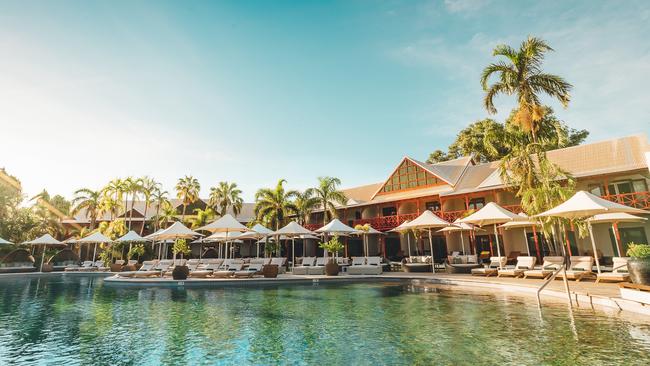
Flying back in provides a great perspective on this sprawling, raw, low-rise tropical outback town of corrugated steel-clad buildings and bountiful palms, the majesty of Cable Beach and tidal excess of mangrove-lined Roebuck Bay, on the other side of a spit that juts south west into the Indian Ocean.
You can use Broome as the staging post for an outback odyssey, a base for local journeys to attractions such as the Malcolm Douglas Crocodile Park, or just lie by the beach or pool and go out at night for dinner and drinks. Talk to the locals and you’ll be sure to hear some funny yarns (did you hear the one about the teenager who pinched a Mr Whippy van the other night, police in hot pursuit to a soundtrack of Greensleeves all through the streets of town?) Keep your ears open here; tall stories are just part of Broome’s frontier charm.
• Perfect for: Sybarites, adventurous types and the culturally curious.
• Must do: Drive on Cable Beach in a 4WD; take a guided walking tour of Broome to learn about its history and cultures; visit Cygnet Bay to see the cultured pearl operation; take a seaplane flight to Horizontal Falls.
• Dining: Check out Mr Saigon for good, casual Vietnamese; Aarli for quality mod-Asian; Cichetti Club for modern Italian; Good Cartel for coffee; Matso’s beer garden for the ginger beer and prawns; The Mangroves Hotel for a sundowner.
• Getting there: Virgin and Qantas operate flights (about 2.5 hours) between Perth and Broome.
• Bottom line: Accommodation runs the gamut from backpackers through to luxe villas. Cable Beach Club Resort & Spa, refurbished for its 30th anniversary in 2018, has two pools, studio rooms, bungalows and luxury suites. The Sunset Bar offers pole position for watching the sunset; from $344 per night.
australiasnorthwest.com; westernaustralia.com

